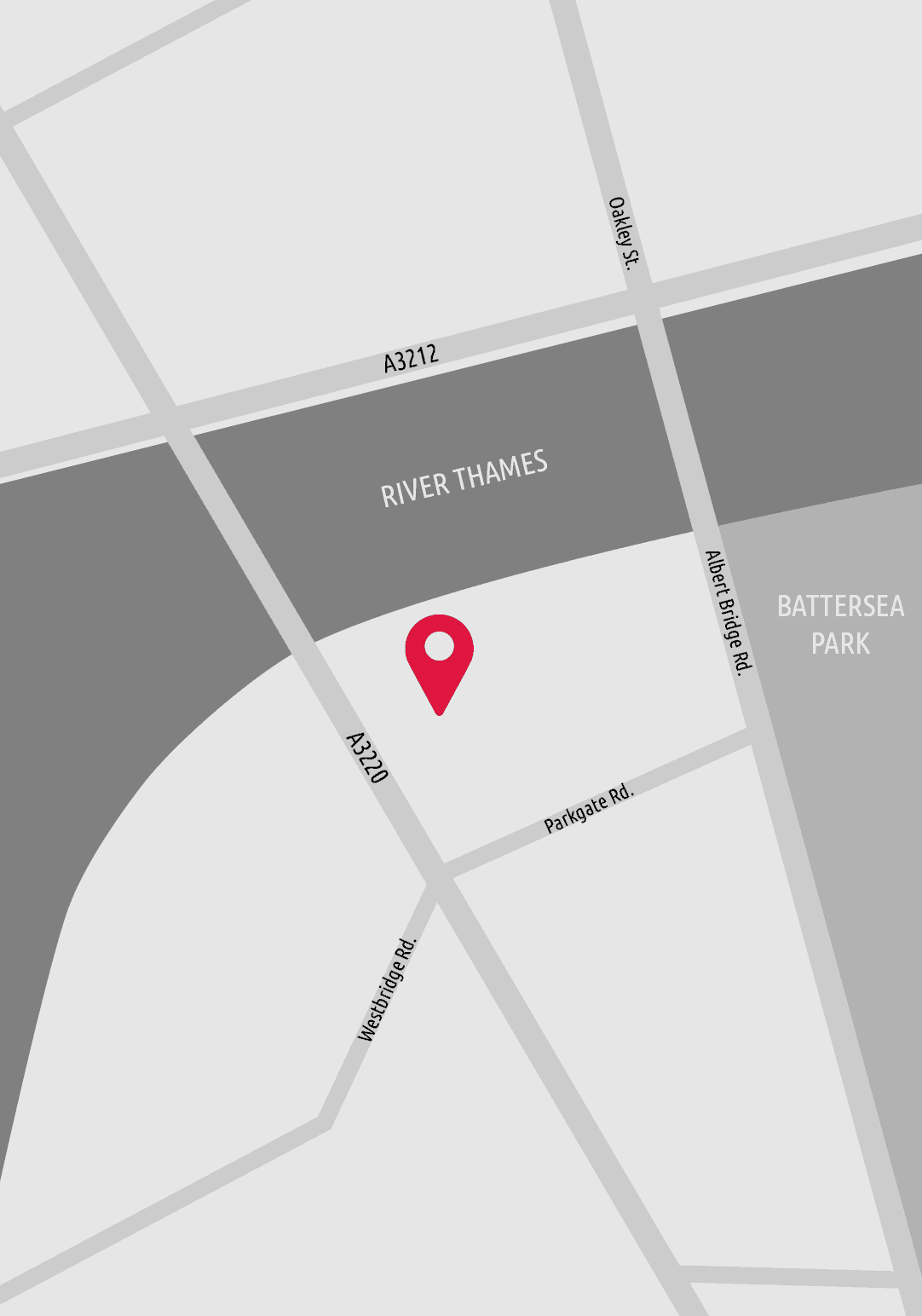For multinational companies looking at rolling out IoT devices globally, the challenge often boils down to one key aspect: connectivity. How do they ensure each device works the same way in each territory? For IoT managed services firm Eseye, ubiquitous, out of the box, zero touch connectivity is the Holy Grail, the missing piece that will accelerate IoT worldwide. Ian Marsden, Chief Technical Officer and founder of Eseye explains how the company and its partners are working towards making global connectivity a reality and why that's so important to the growth of IoT.
The Internet of Things (IoT) is complex with many moving parts, processes and systems. For many enterprises, connecting all of the dots and delivering a working IoT device poses significant challenges. And this increases considerably as companies look to scale their IoT projects, since they're having to repeat the process for every product line and country that they plan to connect over time. The majority of our customers are deploying IoT projects globally, not just in one region. So, it's no surprise that for them reliable, consistent global connectivity is their biggest IoT challenge.
For true global connectivity that works, there needs to be multiple paths and transit routes to connect to the IoT device, wherever it is in the world. But coverage isn't always about those routes or paths. Physical coverage relies on masts being in the right place; for the most part, if there is coverage then the device will work. Global connectivity is about ensuring each device can access a reliable network, from a wide range of mobile network operators.
It's a big, complicated world and no single network operator delivers global connectivity. What we're doing is bringing the operators together to create a coverage map where there is a quality route to every location in the world. That's the goal.
Why is global connectivity so important?
For global IoT rollout to be successful, the product needs to work the same way in every region. And if issues arise with the product a company needs to be able to manage the product quickly and effectively. The IoT service model is typically built around monthly cost, making it affordable for end users. What we're seeing is that IoT adoption has taken a long time because a simple mistake can become expensive. On-site servicing blows the service model out the window: getting engineers to specific locations around the world to fix devices is costly and not sustainable. Global dynamic connectivity opens the door to remote trouble shooting and management of the device wherever it is, making it easier for enterprises to make the business case for IoT.
Moreover, out of the box, zero touch connectivity reduces the need for the end users to contact the device provider, reinforcing the need for the hands-off model that we believe is a key factor in the widespread adoption of IoT.
This is made easier by the introduction of the GSMA embedded Universal Integrated Circuit Card eUICC standard, which removes the need for physical SIM cards through the remote provisioning of devices. eSIM (or embedded SIM) is the hardware component of the remote SIM provisioning for multiple network profiles while eUICC is the software element. We originally saw the eUICC standard emerging for consumers where users switched on their new phone and were prompted to choose their preferred network. In these phones the SIM wasn't physically in the device, users were downloading a profile to a piece of silicon in the phone.
IoT was a logical next step for the eUICC standard. IoT devices are similar to a consumer mobile phone in that they require a SIM to connect to the network; however, most IoT devices – like a connected lawnmower for example – don't have a handy user interface and their operating requirements differ from one device or product line to the next. Commercially focused IoT is dramatically different to the requirement for consumer mobile device connectivity, which comes pre-certified and tested for each mobile network. For an IoT device, there are several critical considerations that are needed to ensure they connect out of the box, and then remain connected throughout their life.
In cases like the connected lawnmower, we start by bootstrapping the device onto any available network. This allows the device to communicate with the Eseye localisation service and define what profile to use; so, where Three has a network or competitive roaming agreement, for example, then Three is the right profile for that particular device to be using in that particular location. But there is a problem when it comes to building the device with a pre-loaded bootstrap that must get on every network in the world – if we can't talk to the device, the user can't download the profile. So, we're right back to where Eseye adds value to its customers; through having the broadest mesh of operator relationships, providing the widest range of connectivity options to localise IoT devices.
Ensuring localised connectivity for commercial IoT devices
Unlike consumer IoT where devices can be disposable and upgraded regularly, commercial IoT is about long life devices. A vending machine has a long-life span and needs to work continuously, or the company is losing sales revenue; it’s typically stationary, situated in a fixed location and completely reliant on local connectivity. Unlike a consumer mobile device, it can’t be moved to get a better signal – it needs to have maximum uptime from the best network, which of course will change depending on the machine’s location. There is simply no point in our localising to a profile that doesn't work. To avoid that happening we build on the eUICC standard to ensure that we can localise to an operator while also leaving the bootstrap profile active.
This means that if for any reason the local profile doesn't work or experiences downtime, we can fall back to the bootstrap and connect to a working profile. This is also useful if a device is shipped to a specific location and subsequently moved to a different country. The device needs to be able to start the whole connectivity process again and not be locked into a specific network.
The challenge of delivering the 'global' part of a global IoT solution
The importance of global connectivity is difficult to explain to enterprises until they've suffered the pain and the high costs of having to configure multiple IoT devices and send engineers around the world to fix devices on site. Most enterprises employ highly experienced product engineers building sensors and IoT devices that work brilliantly on their desk in say London; but then they're shipped to Dar es Salaam in Tanzania and it's a different story. GSMA telecoms operators will conform to global standards, but the behaviour of networks is still different in different regions. Products need to be built to a global specification that means they can work in the same way everywhere.
Ultimately, enterprises with global IoT ambitions need to be asking the right question: it isn't "what's the price of a megabyte of data". It's about not spending money visiting a remote site on the other side of the world, and building a single product instead of multiple variants that once deployed just connects right out of the box, anywhere in the world.
With IoT, value is delivered in better uptime and connectivity. This seamless, zero-touch global connectivity could be the game changer that accelerates the IoT market and unlocks key business benefits for global enterprises.
To find out more about how IoT can benefit your enterprise, click here.





